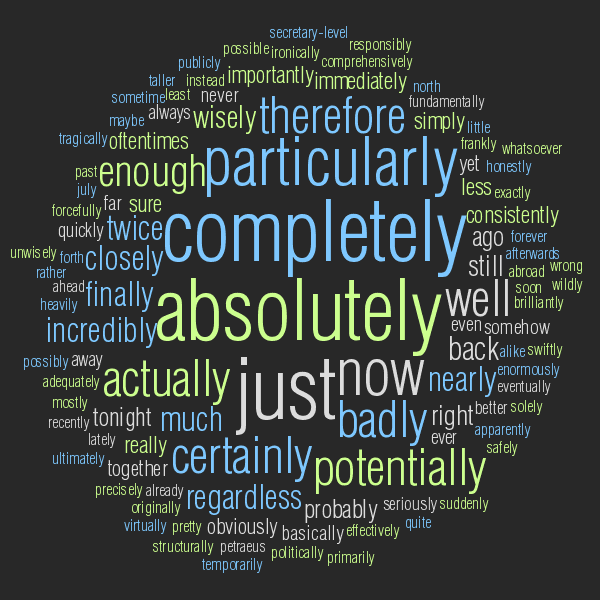 We help you make your New Year’s resolutions and talk about the year ahead
We help you make your New Year’s resolutions and talk about the year ahead
Happy New Year! Across the world, many people celebrate the new year by changing their lives. In English we use the term “New Year’s resolution”. Note that this is quite specific vocabulary: resolutions usually refer to political agreements. New Year’s resolutions take many forms, but usually they mean that people will start or stop doing something.
I’m going to stop smoking
I will practise more English this year
English futures can be complicated – unlike some languages, including Spanish, there is no future simple. You may have been taught that will+infinitive is the future simple, but that’s not really true. In fact, the use of English futures is very flexible, and different to what the grammar books often say.
We’ve talked before about prescriptive grammar – looking for 100 percent rules and ignoring common usage. Well, the future in English is a great example of how common usage is different from prescriptive grammar. Outside of tests, the futures are used nowadays in a very different way than they are in the books. Remember, though, in some tests it is important to clarify which future you’re using.
First, we have [be] going to+infinitive. This is now the most common way to talk about the future. The good news is that it has a very similar equivalent in Spanish: ir a+infinitivo. This is normally the first future form for students to learn. Officially, this form is for plans and predictions, but in fact it’s used for most future events. It’s simple, and you’re not going to make many mistakes with it!
However, note that in English it uses the verb to be, unlike in Spanish, and we always conjugate the ‘be’. Also note that “going to go to” sounds strange for many students, although it is simply the English version of ir a ir a, which is a common construction in Spanish. Examples include “I’m going to go to San Andrés this year” or “are you going to go [to] see Megadeth?”.
Next most common is will+infinitive. This is also flexibly used and usually shows that something is likely/certain to happen or is a clear intention. It’s commonly used in English to show that something is important (possibly because it’s used in the first conditional). As Spanish speakers often overuse it, they sound very forceful and direct. Examples of appropriate use include “I’ll go to the shops after lunch” or “Will you be at the meeting tomorrow?”. These examples show a desire to do something and express determination.
It’s also used for quick decisions and offers. Quick decisions are when you speak without thinking, for example when the phone rings. This is a very natural part of language and very hard to fully learn. Offers follow a strict ‘code’ and usually use ‘will’. For example, when the phone rings, you might say “I’ll get it”, or when offering to help someone you might say “I’ll help you with those bags”.
We also use present tenses for the future: the present simple for timetables and schedules and the present continuous for arrangements. Note that we rarely use the present simple for the future, although “see you later” is an example similar to nos vemos in Spanish. Because many of the future events we talk about are arrangements, the present continuous is used a lot to express the future.
Finally, there are many structures that talk about the future in an indirect way. Most common of these are: can/could+infinitive; conditionals (especially 1st); may/might+infinitive. All of these have future meanings but without using the future directly. They are popular because the future is very difficult to predict, and all of these are vague. Some of these constructions also replace the Spanish subjunctive form.
So, what are your resolutions going to be this year? What will you do for the summer? Where are you going for Easter? What could happen this year?




